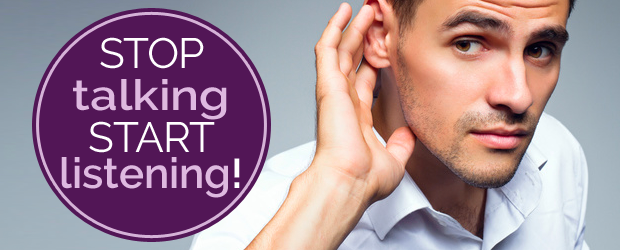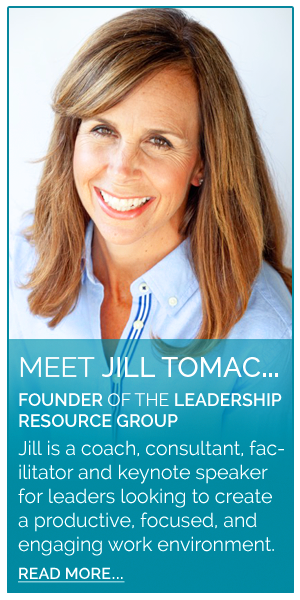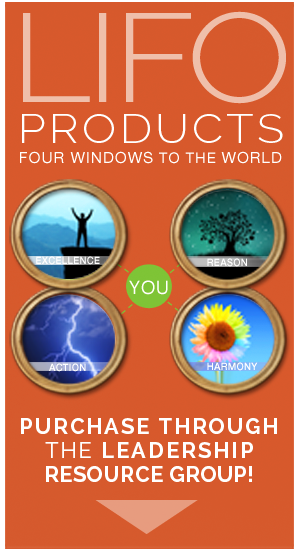“Most people do not listen with the intent to understand; they listen with the intent to reply”
~ Stephen Covey
A version of this article has been featured on MariaShriver.com.
Listening…one of the most powerful skills we possess that we spend the least amount of time developing. I have two advanced degrees and numerous certifications and have never taken a class titled or for that matter focused on “listening”. I’ve taken classes in marketing, selling, strategic planning, business development, customer service, performance management, coaching, curriculum design … the list goes on and on … but never a class completely dedicated to listening. Sure it has been embedded as a small segment in many programs, but more as a mention of “hey, we need to make sure we are all actively listening”. So many of us walk away knowing that we must keep open body language, we must nod and repeat what we hear, and that if we really want to demonstrate we are listening we can paraphrase. But even when we apply all these surface techniques, most of us spend our time in conversation distracted by our own perspective, thinking about how we want to respond, and relating what the other person says to something we know or have experienced. We are far too often not fully engaged in the conversation.
It is my belief that listening is a complex, high-energy behavior that requires discipline and focus — where for many it has become a passive process. Can you think of at least five people that you would describe as “not good listeners”? Now consider if everyone knows five people who are “not good listeners” — imagine how quickly the number can add up to in a country of 300 million people. I will raise my hand and be the first to declare that I am not always the listener I would like to be. There are times when I am too tired, stressed, distracted, and busy to be the kind of listener I’m promoting we become. How about you?
In this age of social media and instant communication, most people have become accustomed to sharing what is on their mind rather than tuning into what is on the minds of others. We move at such a rapid pace, that we rarely slow down long enough to really engage with another person. It’s much quicker to blast out an email stating your view than to sit face-to-face and explore the possibilities. Most of my clients understand the importance of listening, yet when we talk about the technique and structure for creating a conversation conducive to listening at the highest level possible, the number one response I hear is “I don’t have the time for this”. So let me suggest, “you don’t have time to not engage with people at this level”.
When you rush through conversations — doing more talking than listening — here is where you’re actually spending your time:
- Solving all challenges because either people have not learned to do it for themselves or they are afraid they will not do it how you want.
- Having the same conversation multiple times because you are never really getting to the underlying issues.
- Duplicating efforts because everyone was not clear on who was doing what.
- Repairing injured relationships where trust and credibility have been lost.
So, how can you not invest 15 or 30 minutes in an engaged conversation to avoid the above mentioned time wasters?
Great leaders are those who do less talking and more listening — proactively seek out opportunities to learn from others. They are able to read between the lines, tune into what is not being said, and rely on their questions to drive a conversation. Great leaders understand that their impact is far greater if they inspire ideas in others rather than telling how it gets done.
Below are 4 techniques that can greatly enhance your communication:
MAKE THE TIME
It is through listening that you access innovative ideas and improve processes. Listening is also how you build trust and credibility. One of the greatest compliments you can be paid is when someone tells you that you are a good listener. As Larry King once stated “I remind myself every day: nothing I say this day will teach me anything, so if I’m going to learn, I must do it by listening”.
CREATE THE SPACE
Remove distractions (that includes your computer, cell phone, and any technological device that may be calling you). Put yourself in an environment where you will not be interrupted and can be completely present in the conversation.
SEE THE SITUATION THROUGH THE SPEAKER’S EYES
This requires that you let go, at least for the moment, of what has worked for you in the past and any experience that has some resemblance to what the person is sharing. Approach the situation with fresh eyes and a sense of curiosity to really understand the experience through their perspective. Remember this is not about you.
LISTEN BELOW THE SURFACE
Beyond the facts and data, listen to how the person is describing the situation. Read their body language, interpret their word choices. When a person is in disagreement they may be less likely to verbalize their opposition, but they will always deliver a very clear message with their non-verbals. Look for the message behind the story and the opportunity behind the challenge.
It is when we take the time and invest the energy in our conversation that we are able to establish an authentic connection with the other person and the situation. When this connection is established we can have a positive impact — we can bring out the best in others — and we might just learn something new along the way.




